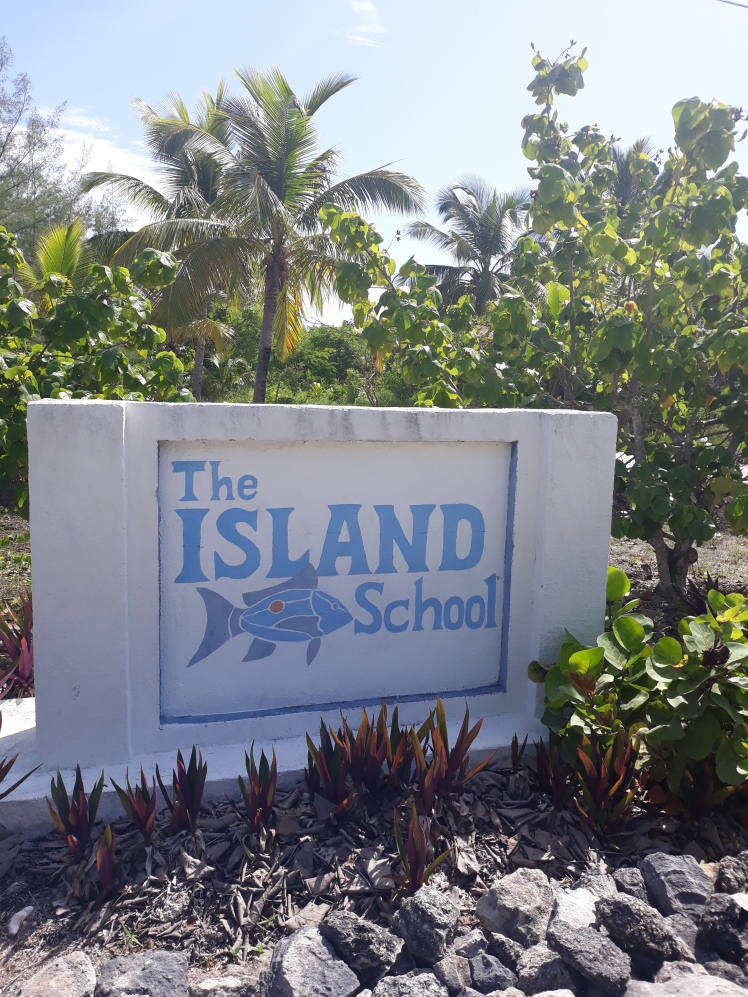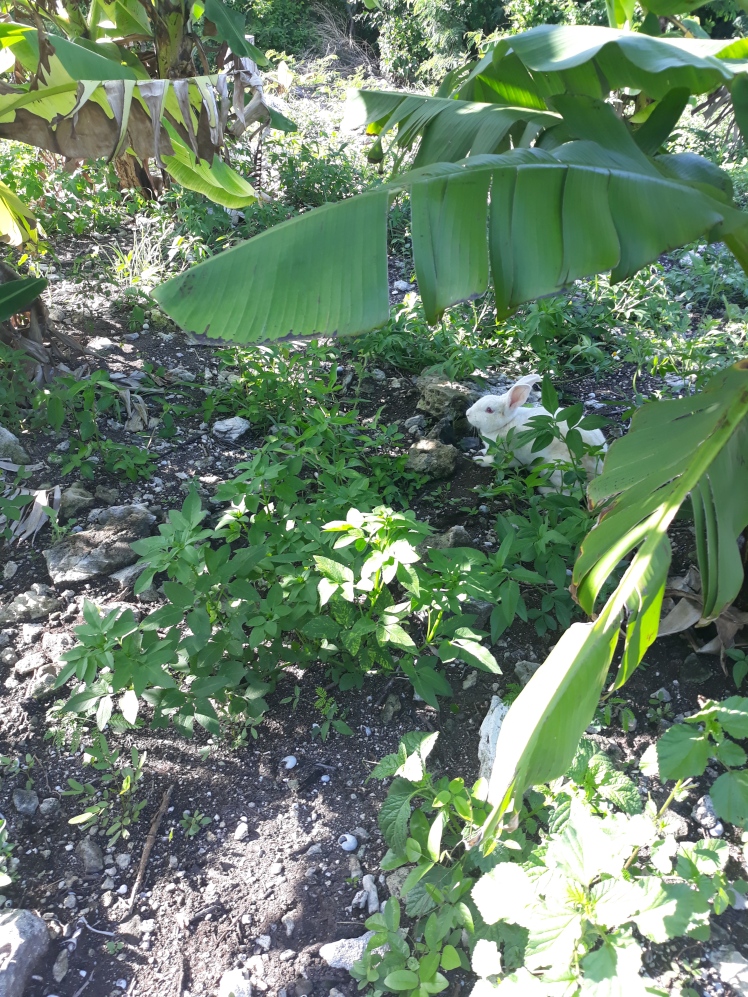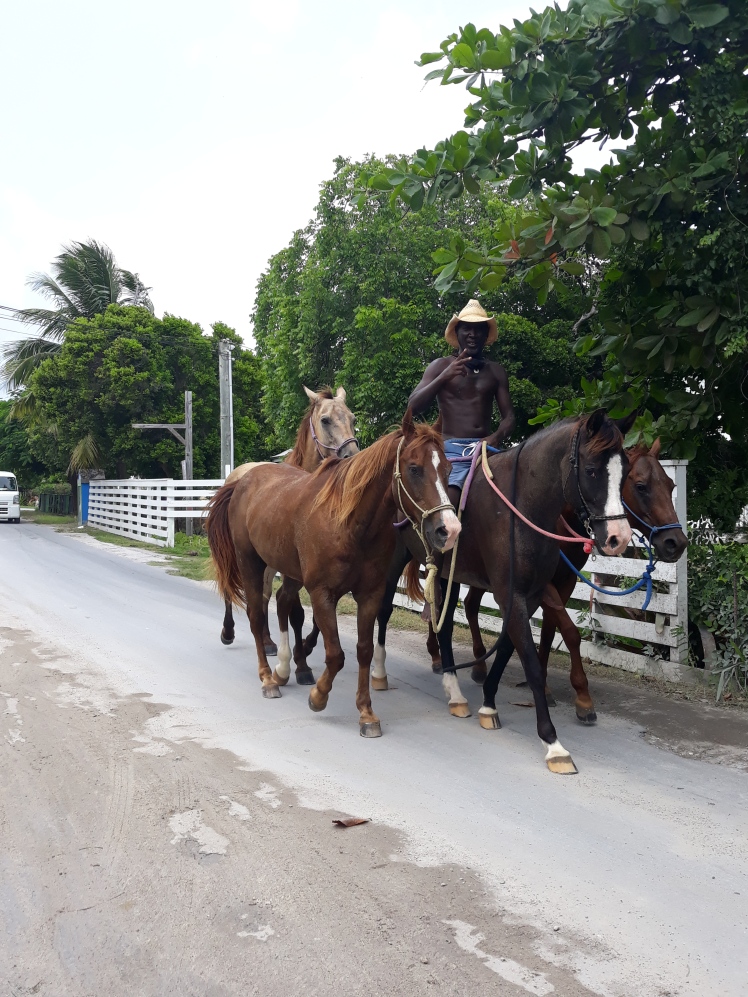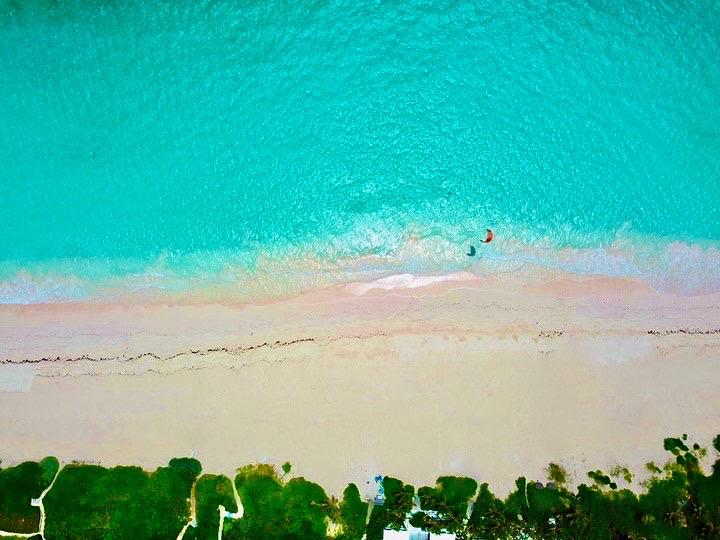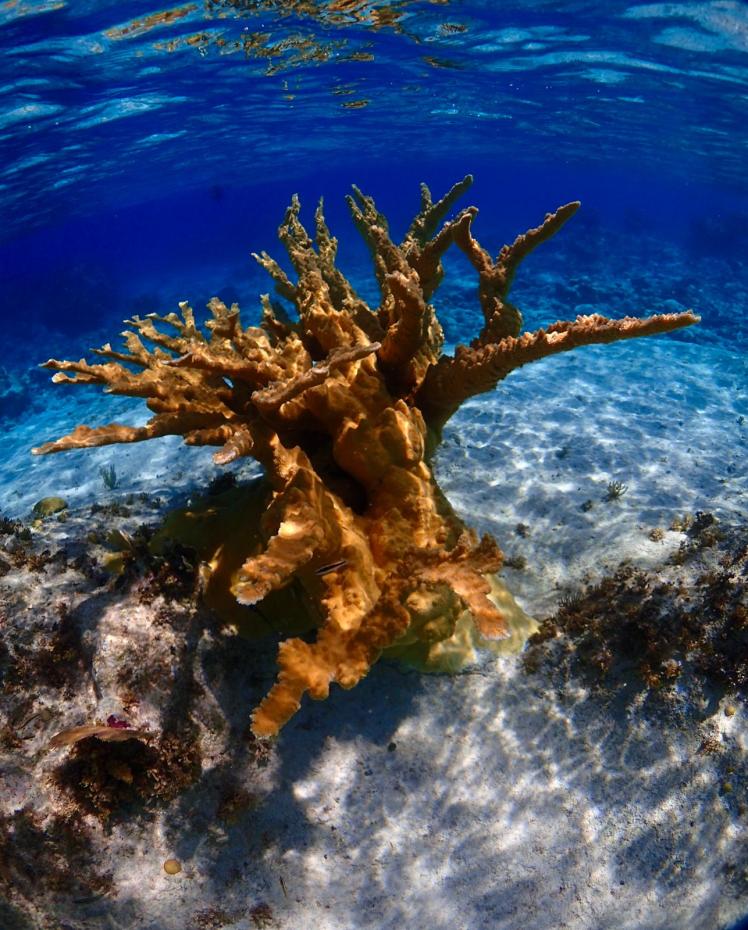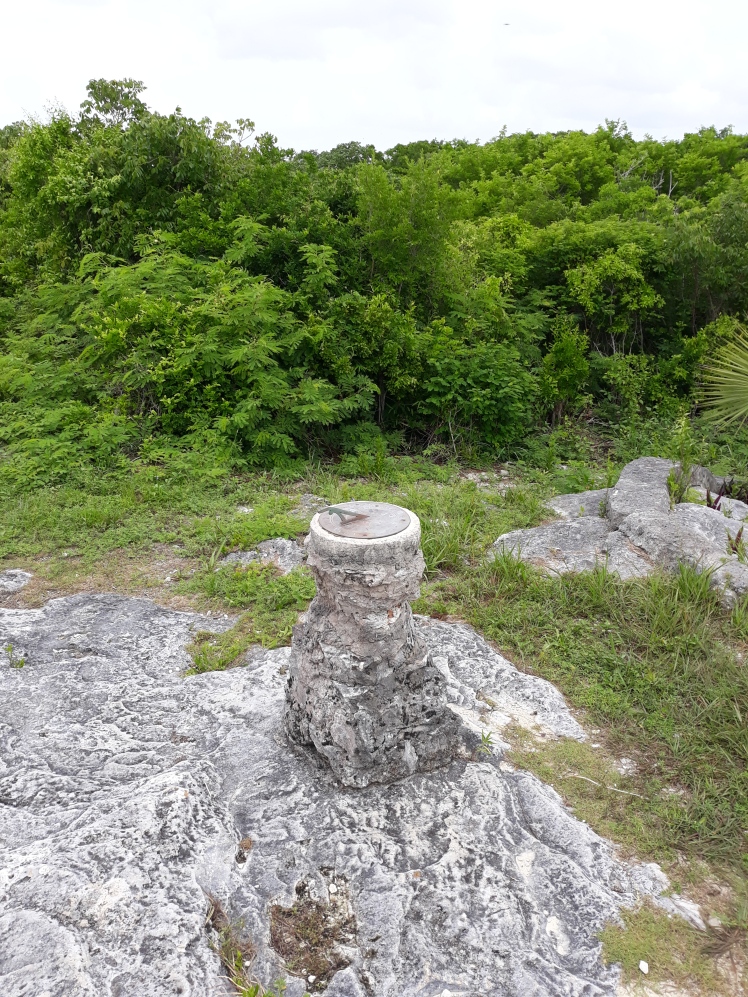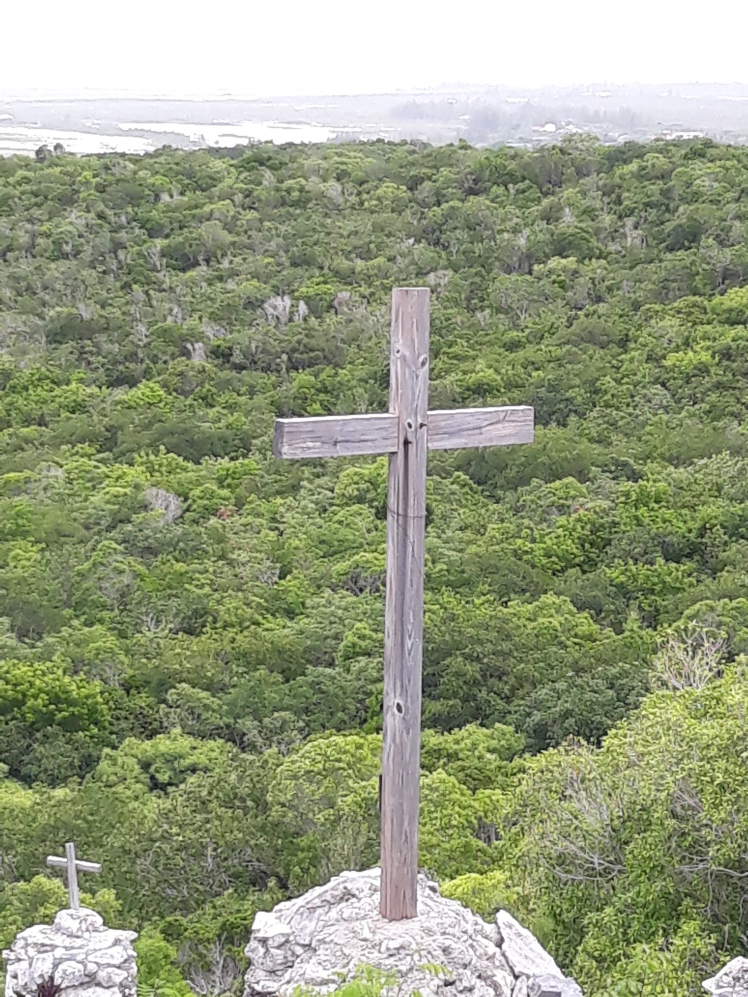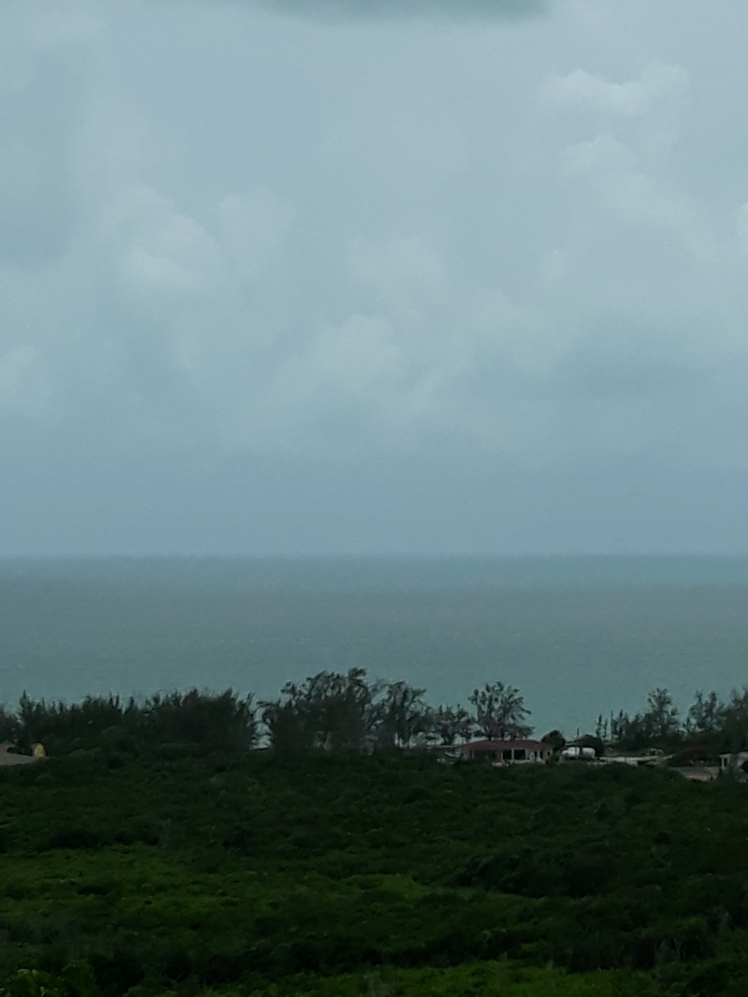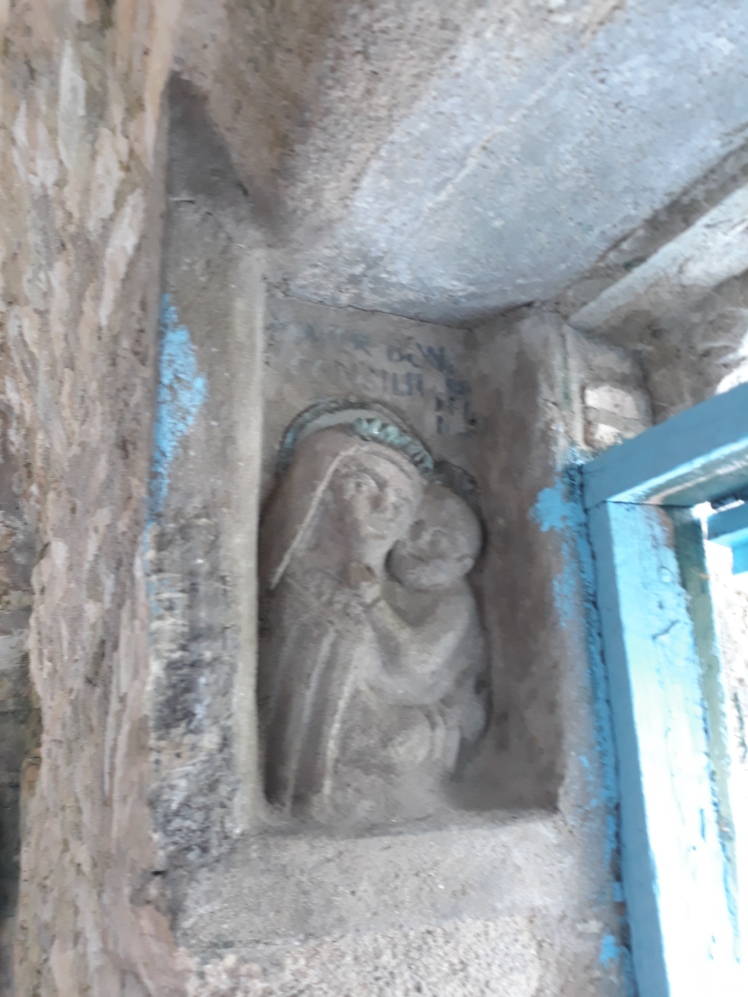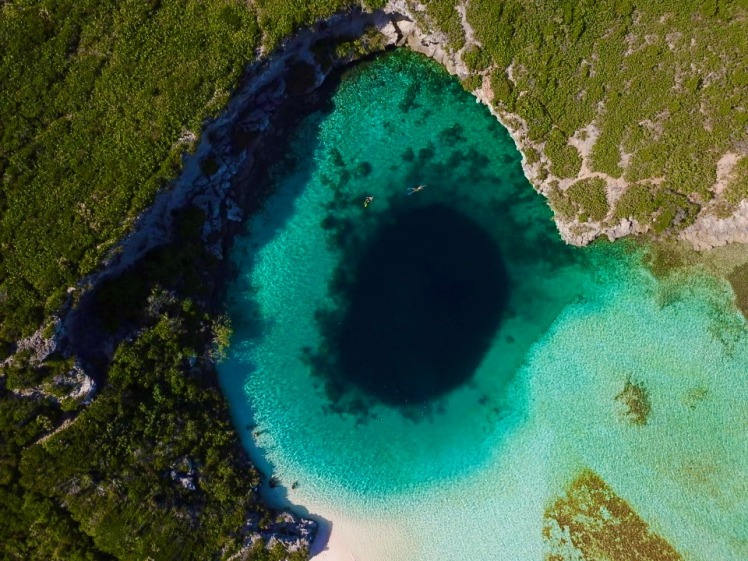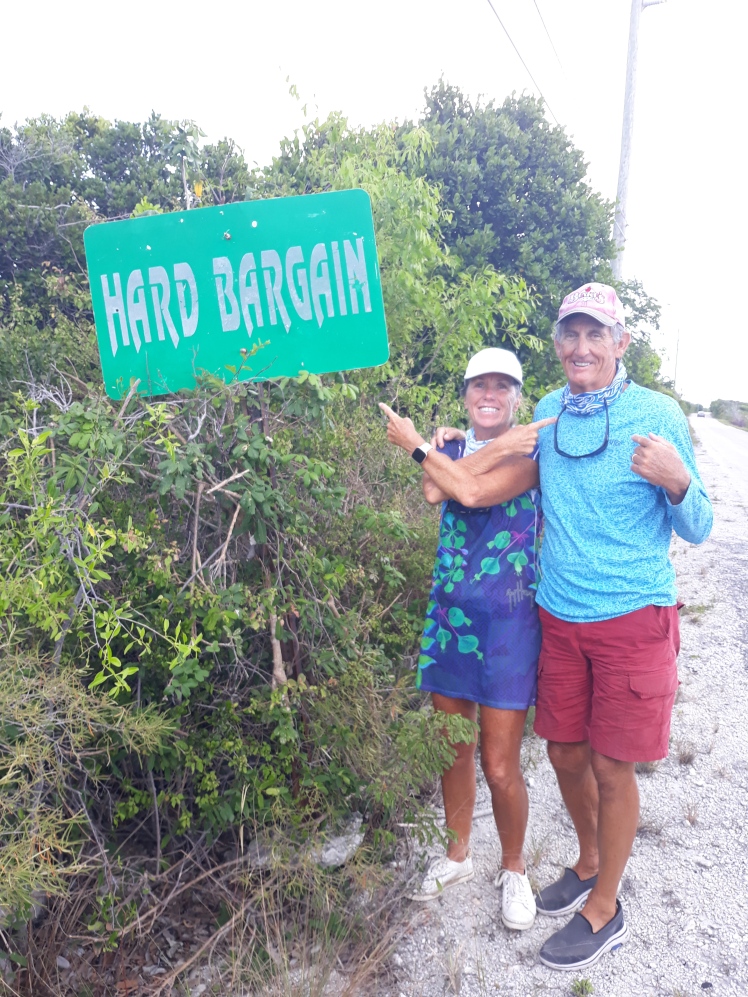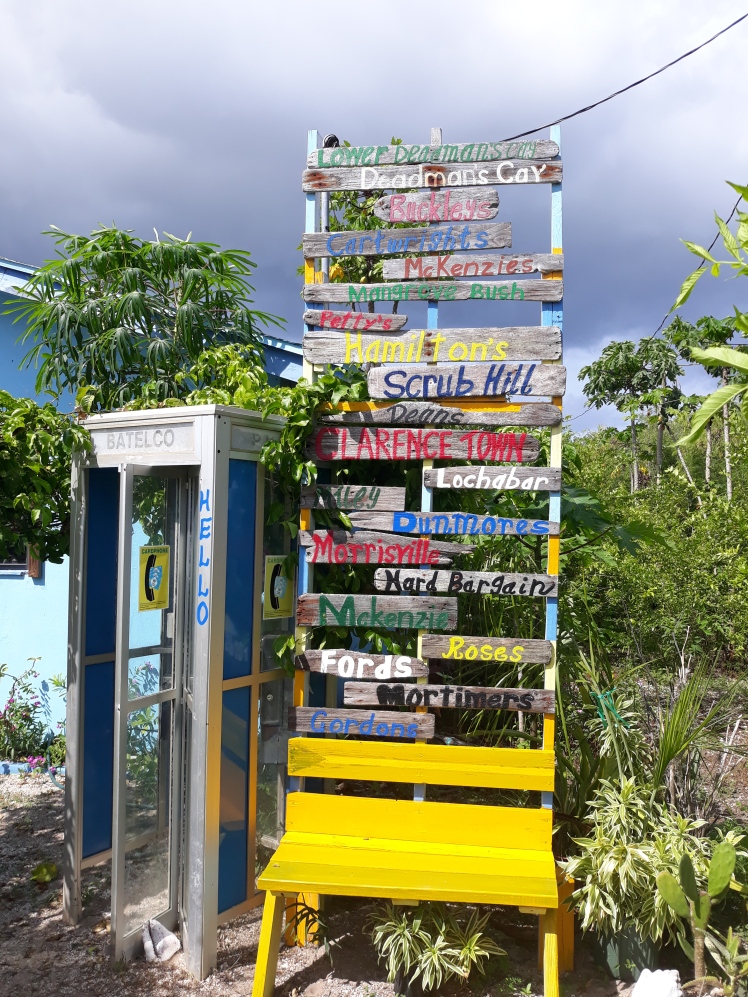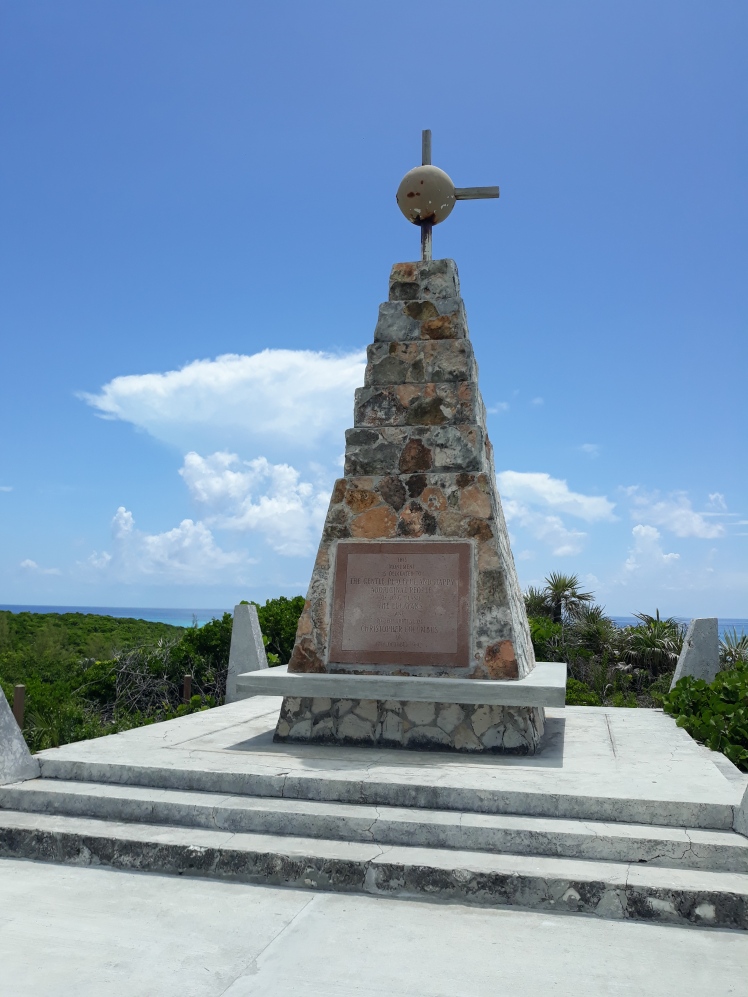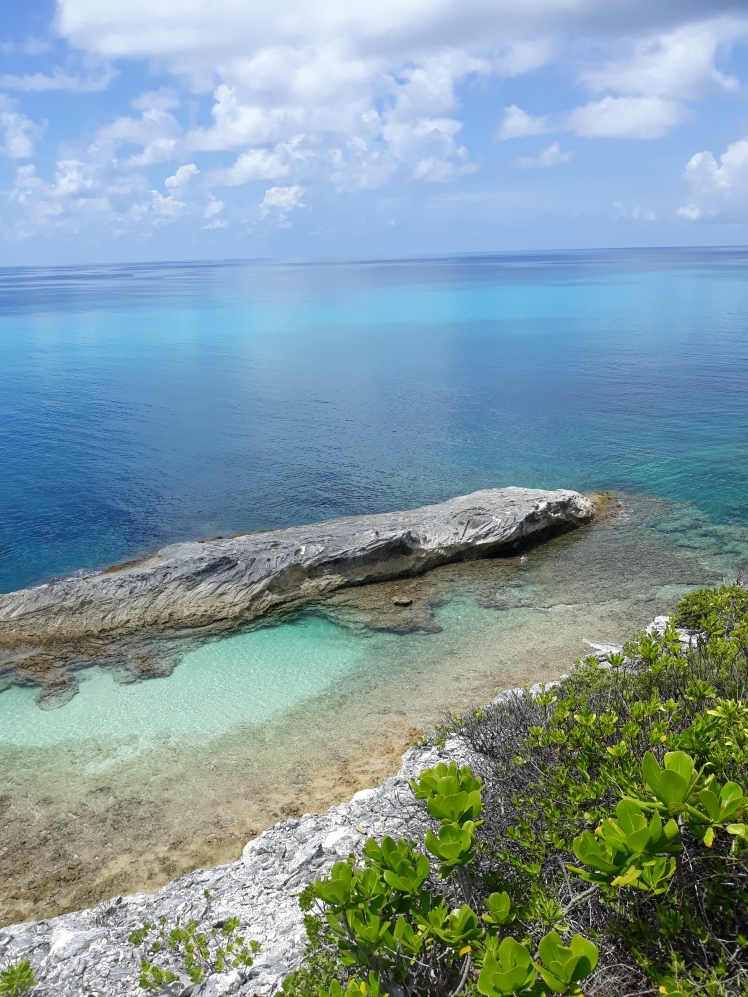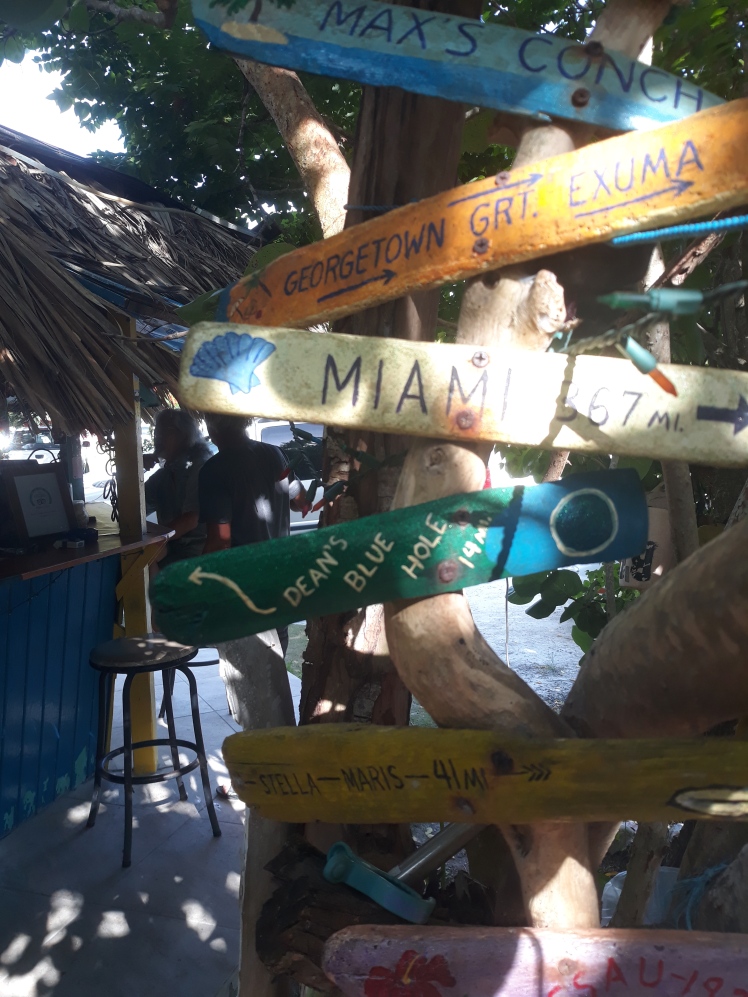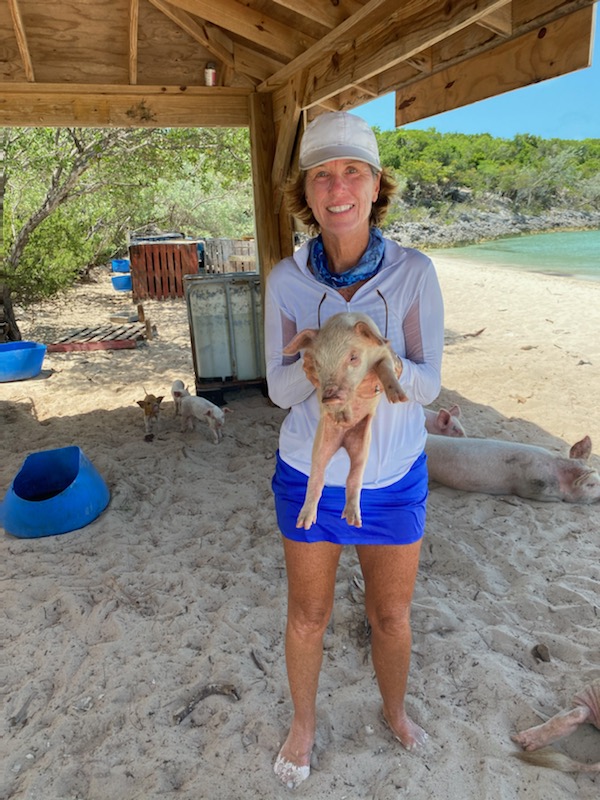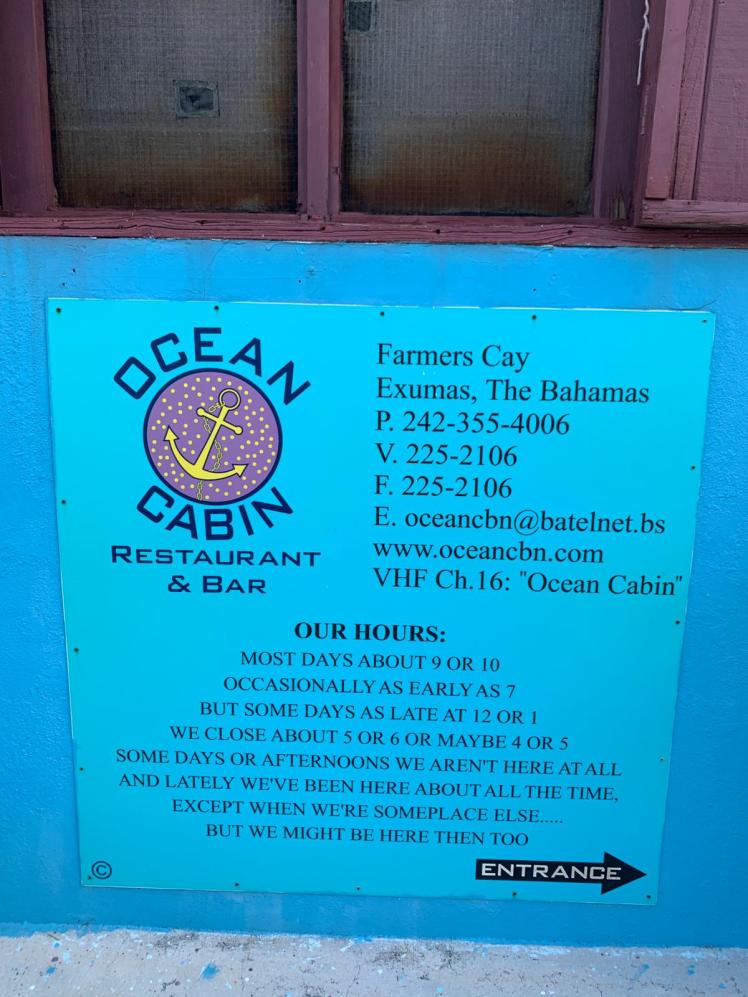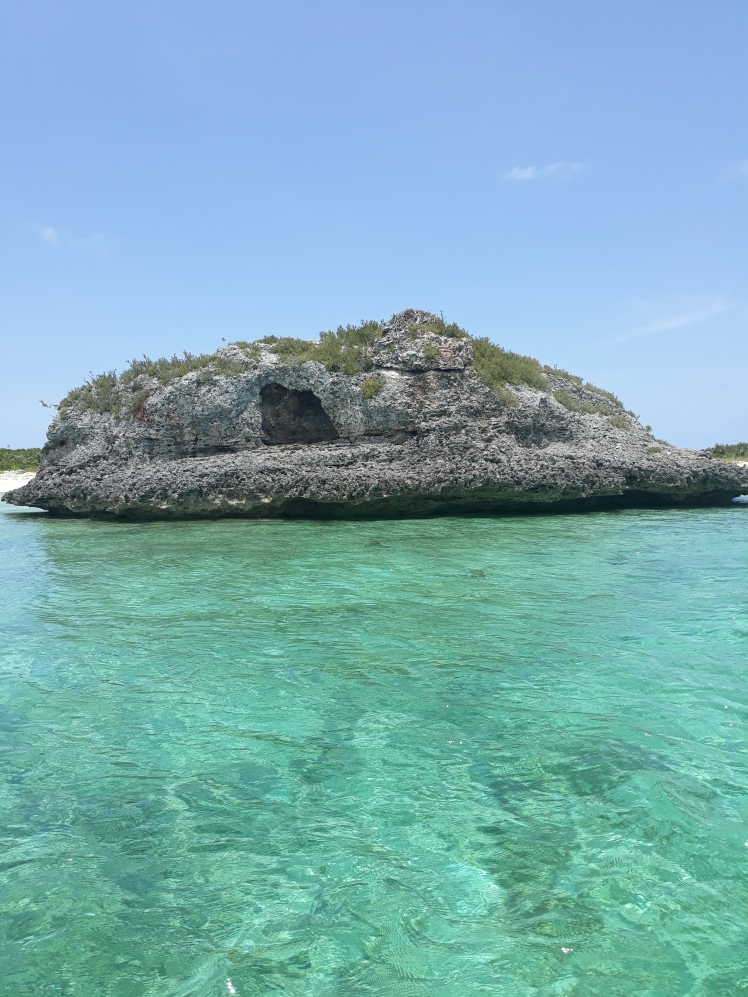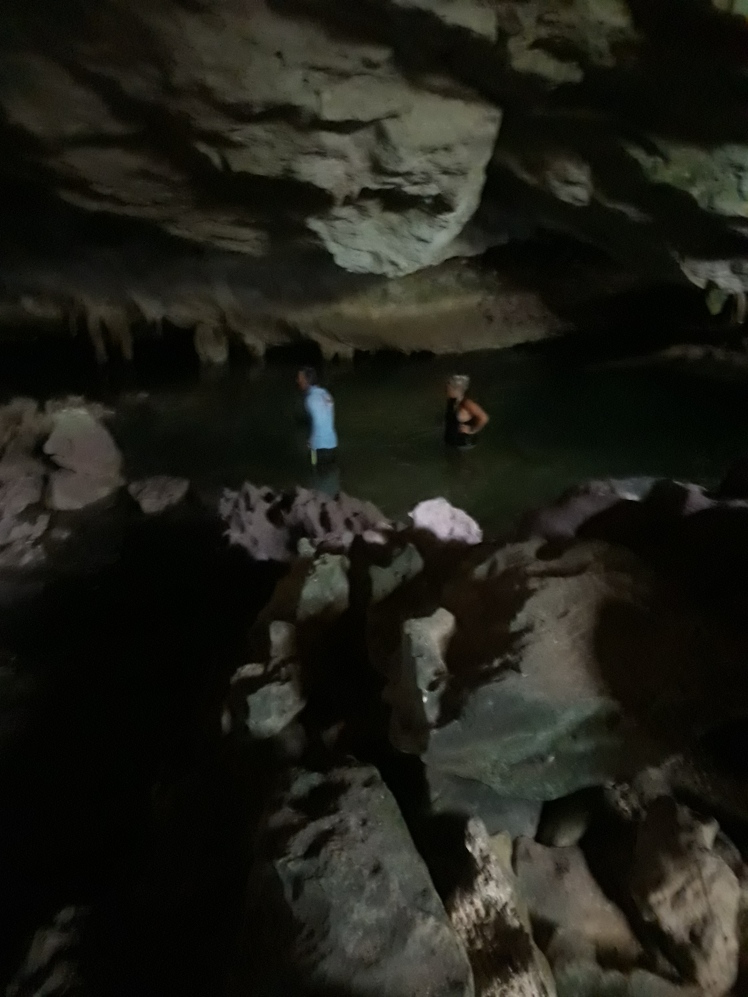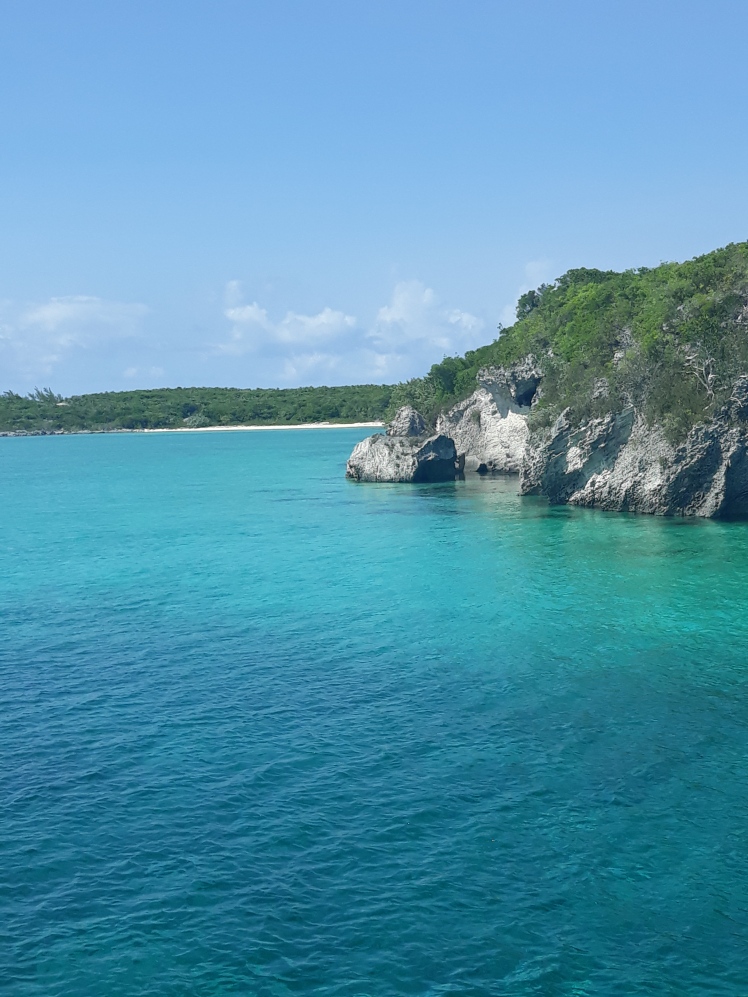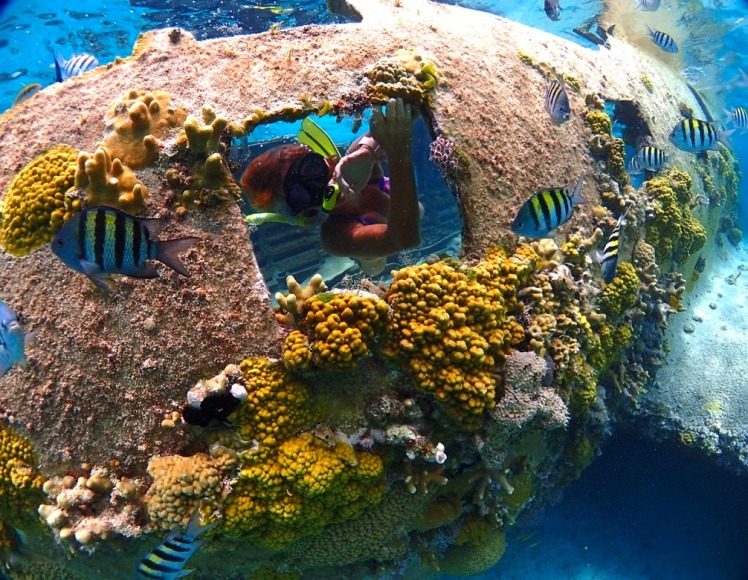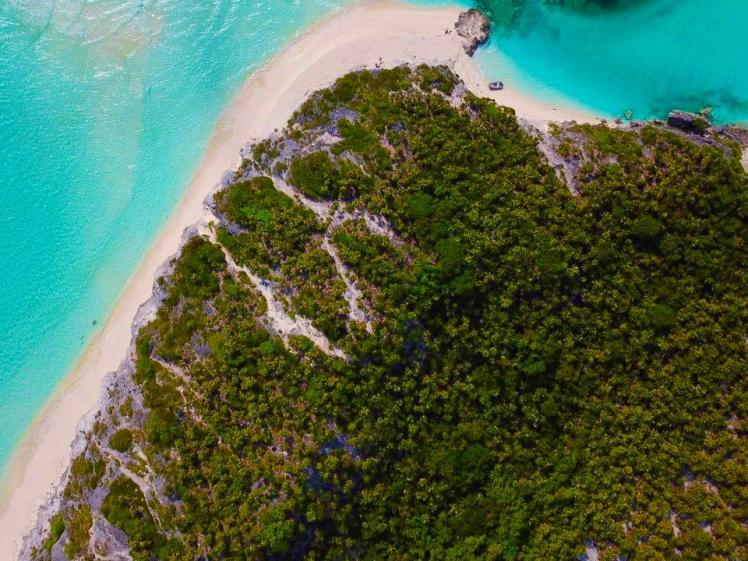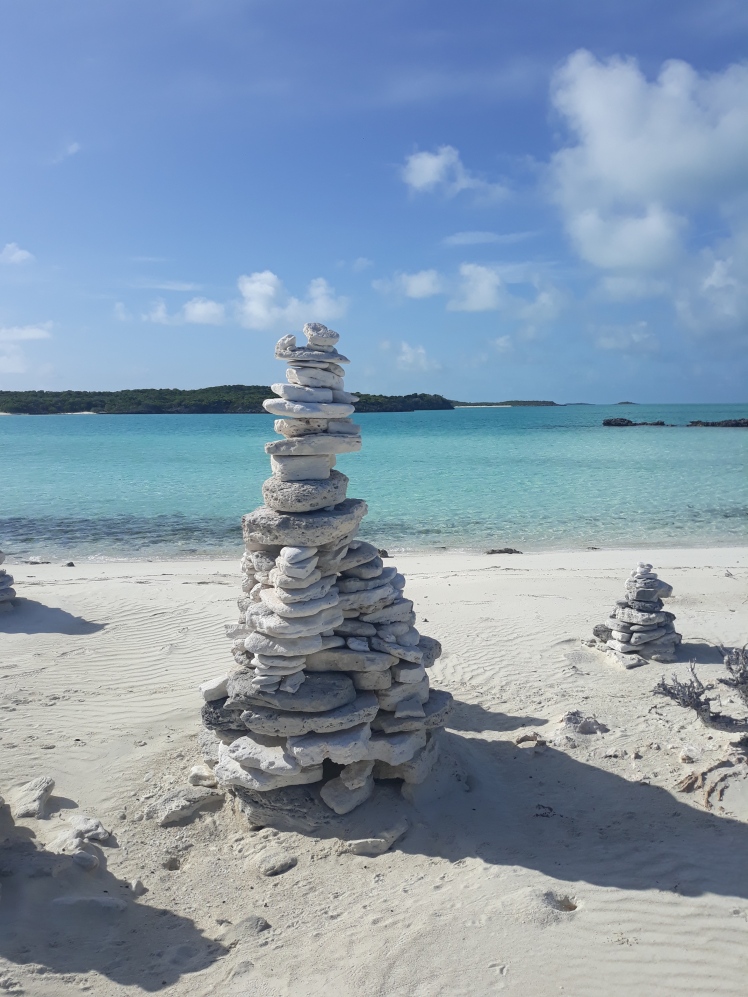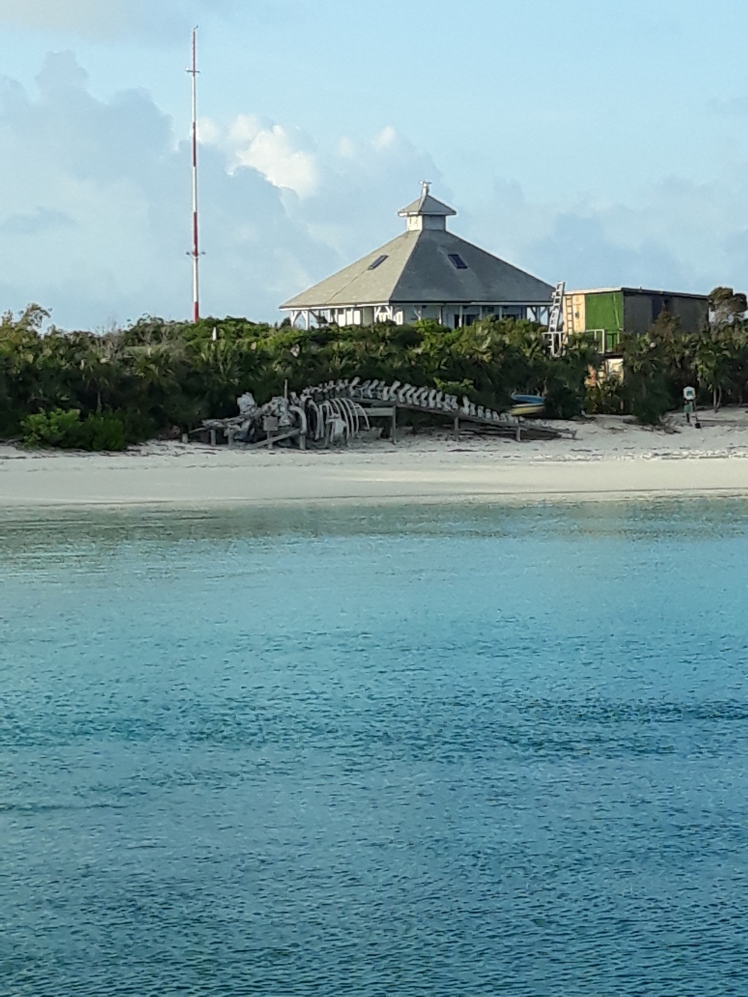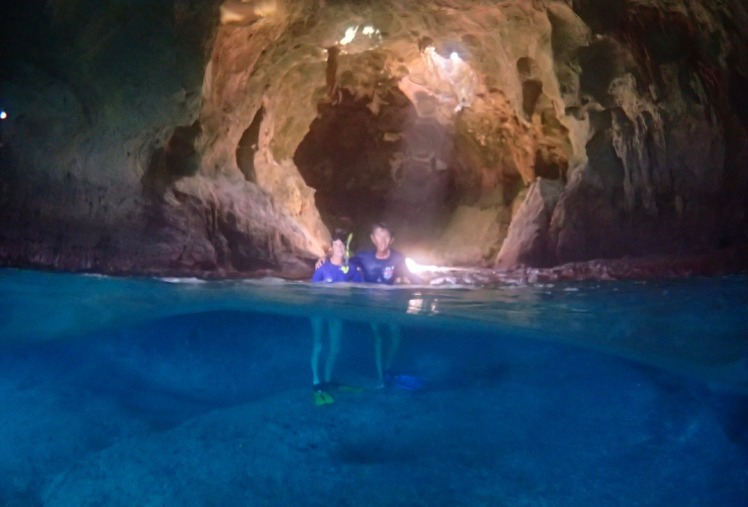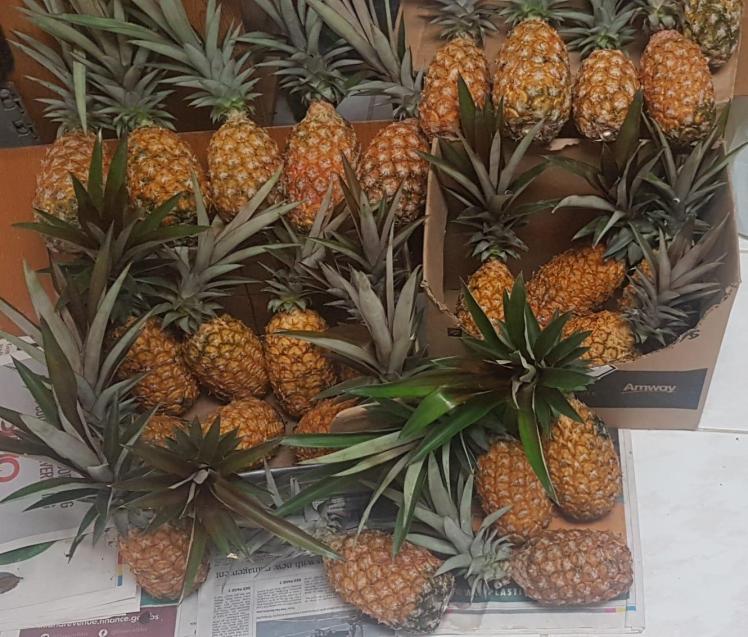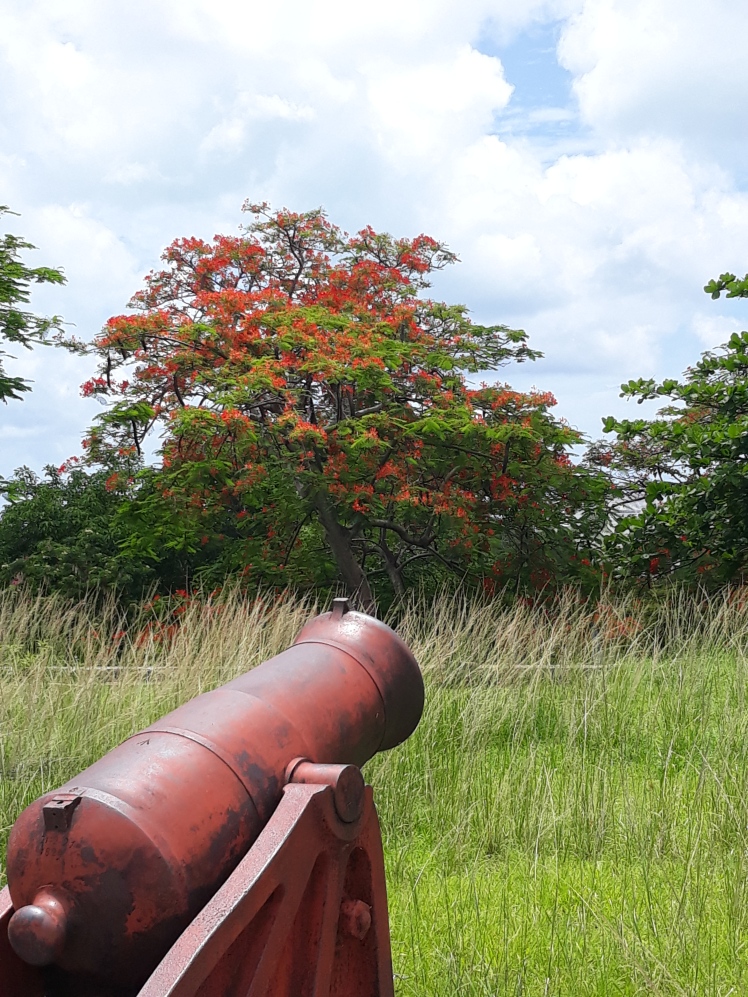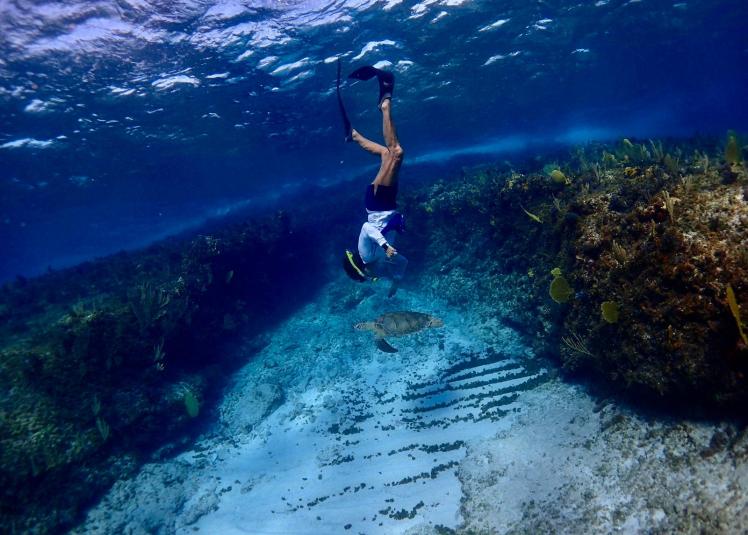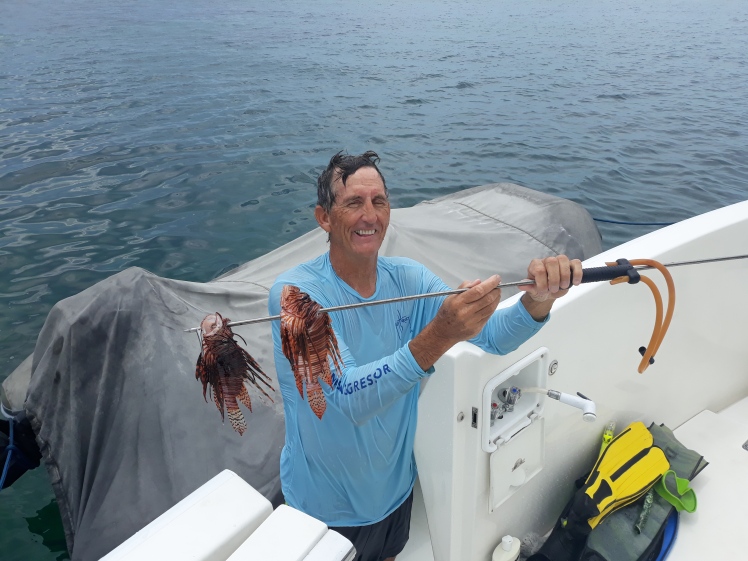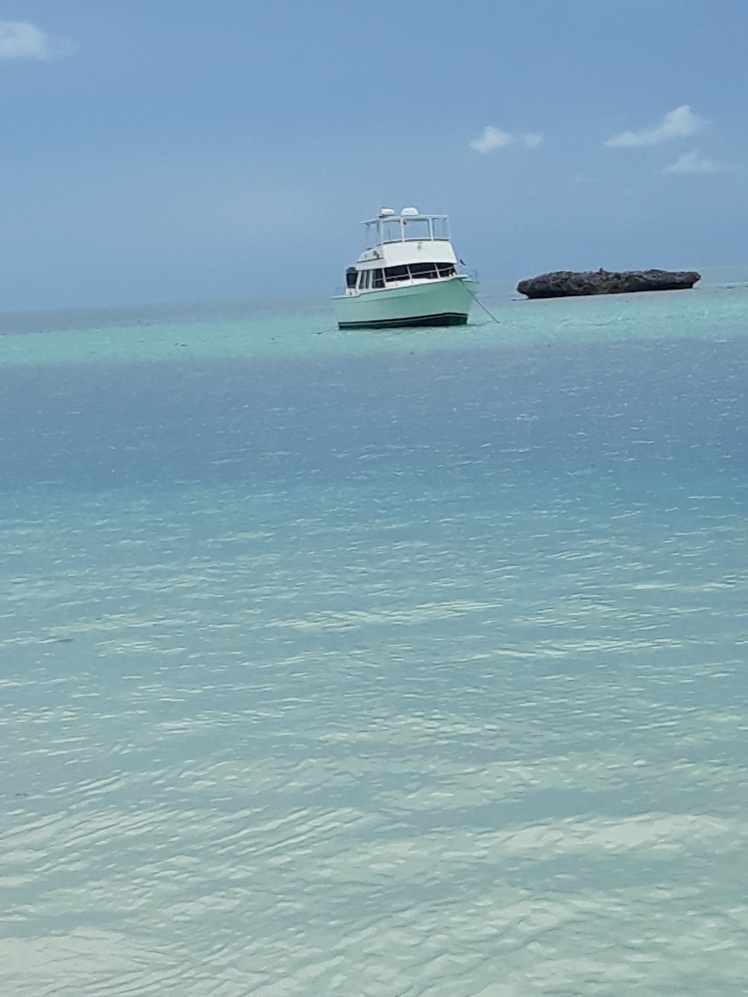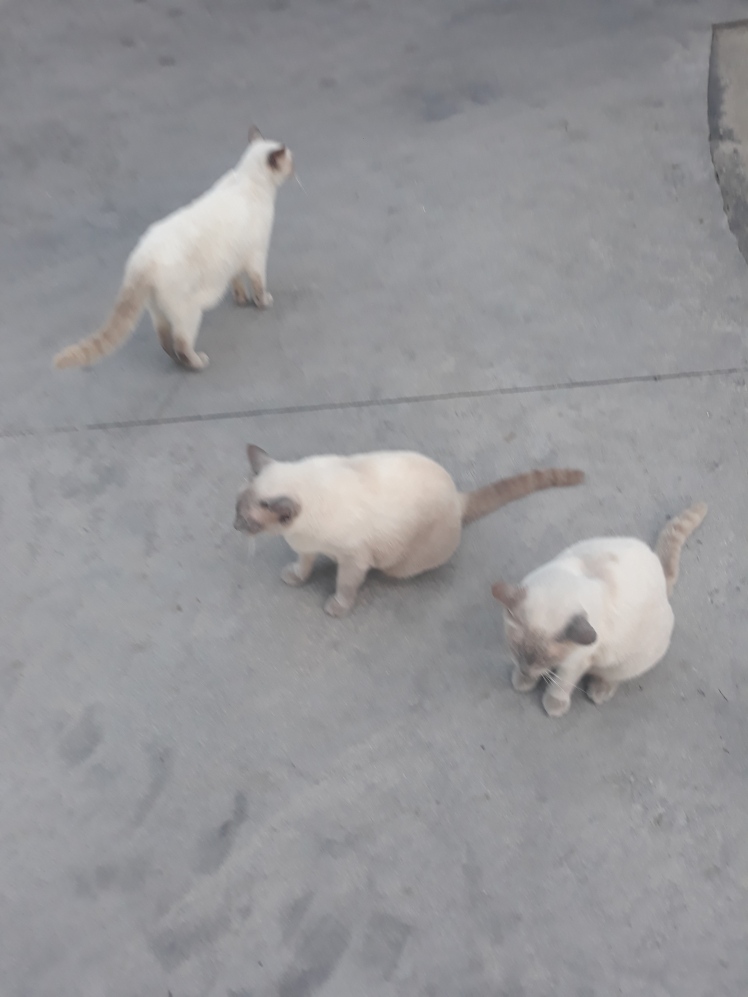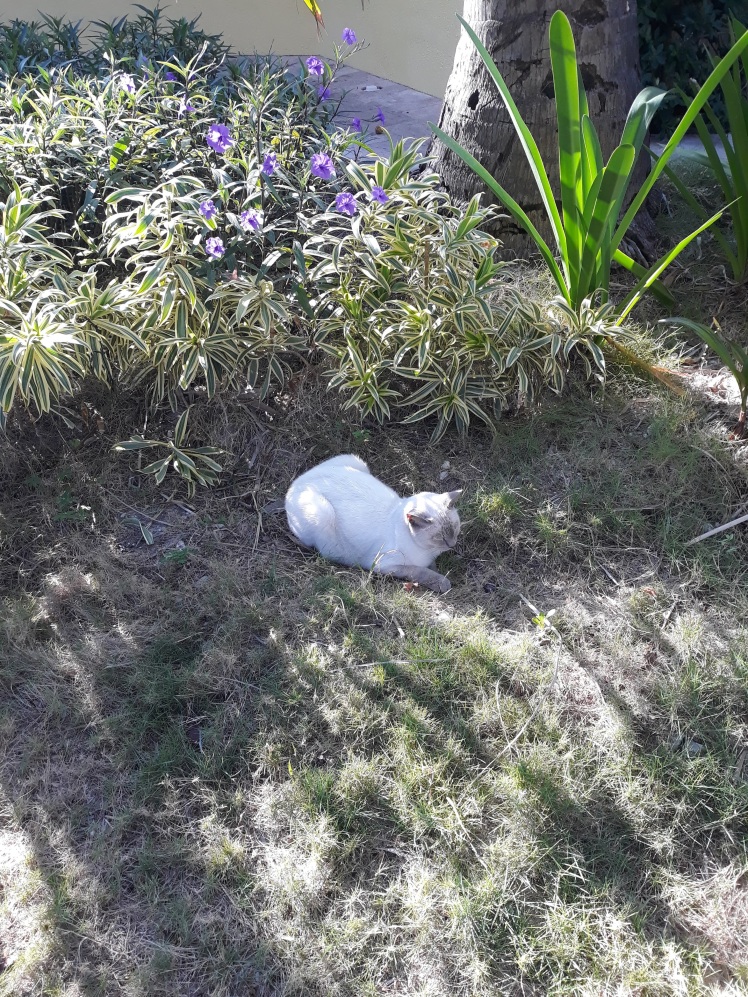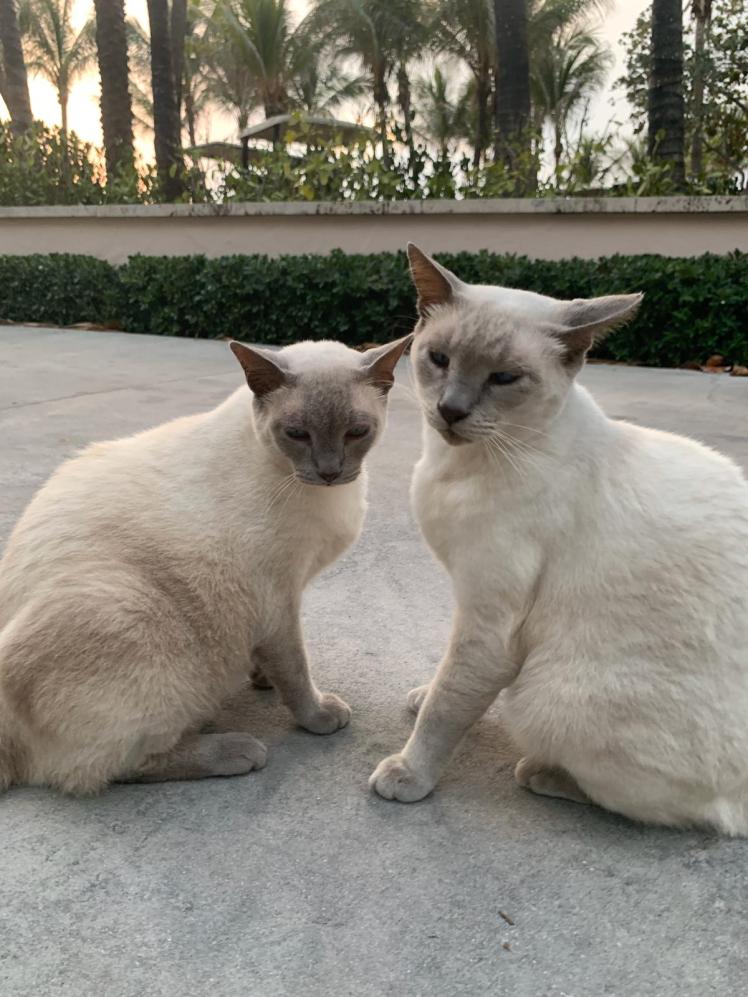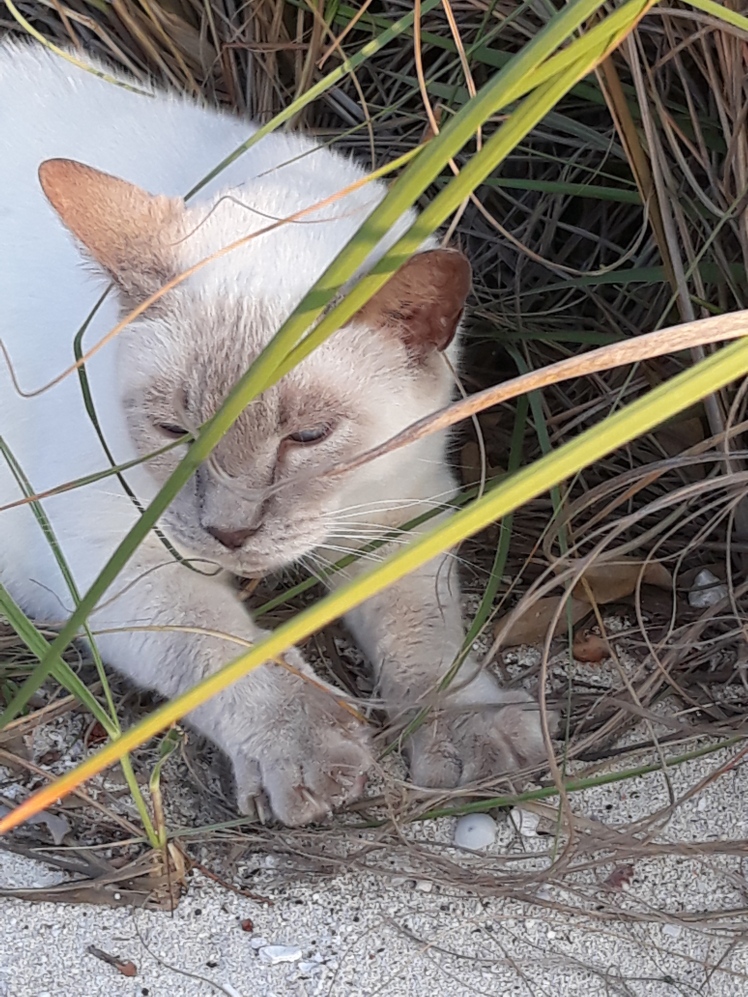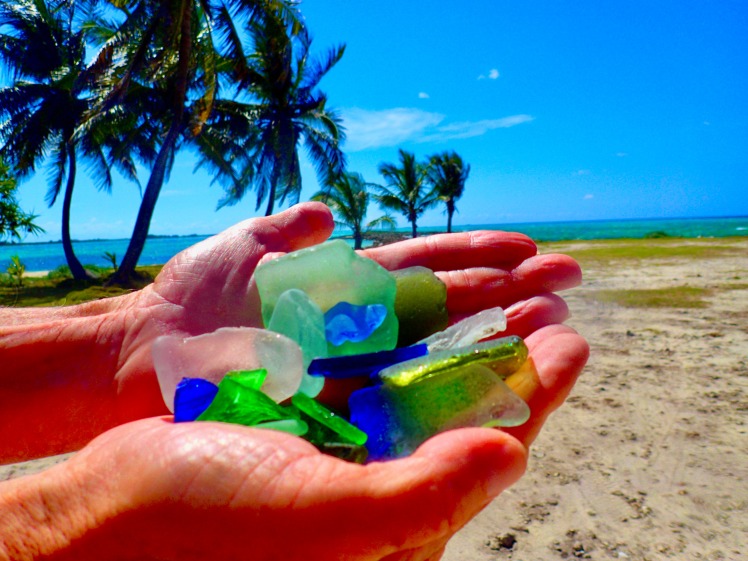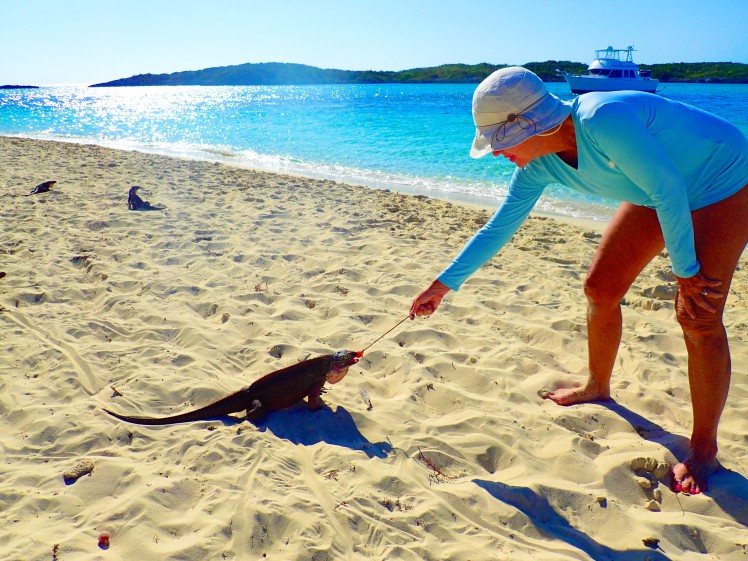Cape Eleuthera, Spanish Wells, Harbour Island, Bahamas, July 12, 13, 14, 15, 2020
We anchored out in the Fernandez Resort cove at the northern tip of Cat Island. It was a rocky night, so we headed to Davis Harbor Marina, where we spent one evening to wait out some ongoing bad weather. I had a beautiful run in the morning and then we headed out once again and enjoyed two snorkels, one at Jake’s Hole and the other at Split Rock, both beautiful, well-known dive sites.
Jake’s hole is a fascinating underwater, freshwater blue hole. We snorkeled there at slack tide because the influx and outflow of water at this hole can be treacherous – apparently “Jake”, for whom the site is named, never emerged from his perpetual adventure there. Split Rock is a huge colorful coral head, the largest I have ever seen, split directly down the middle. In some ways this site is reminiscent of Triangle Rocks (near Bimini) because of the multitude of sharks that cool-y cruise the waters there. We saw our fair share.
We continued to Cape Eleuthera, an easy cruise, where we were eager to see The Island School, which we have heard so much about. Three of our nephews went to school there and each of them now has a love of the sea and an impressive array of athletic and leadership skills ingrained in their DNA, no doubt enriched by The Island School’s unique oceanic and outdoor curriculum. The Island School offers high school juniors and seniors from around the world a semester or summer of credits focused on sustainable living in the 21st century. We travelled on to Hatchet Bay, where we thought we would anchor for the night, but the generator quit, so we continued for another 30 miles to Spanish Wells. (More to come on the perils of Hatchet Bay.)
Spanish Wells is one of the most beautiful Islands we have been to so far. Farms, goats galore, turkeys, peacocks, bunnies, orchards (banana, peach and cherry trees, pineapple plants), beautiful, well-kept houses that are reminiscent of a New England seaside colonial town, the most industrious hard-working quay, as busy as a beehive, with boats getting ready for the coming opening of lobster season. Dating back to the 1600’s, Spanish Wells was used as a last stop for Spanish ships returning to Europe, where they traded new world treasures for old world staples and luxuries. They provisioned here with water, food, all the supplies needed for an Atlantic crossing — hence the name Spanish Wells. It was also a refuge for loyalists to the British Crown during the American Revolution and you can hear the remnants of the “King’s English” in the speech patterns and dialect of the local Spanish Wells-ians today.
We reconnected with Mike’s friends, Cassidy and Loren, whose family owns the Marine Hardware and Mercantile on the Spanish Wells wharf. They now also operate a shark-diving adventure company called “Face 2 Face” adventures, complete with a cage attached to the back of their boat to accommodate thrill seekers interested in close encounters of predators of the reef and pelagic sort. Mike knows Cassidy and Loren from Cat Cay. We see them riding their race bikes around the Cay when they are there, usually parked at the fuel dock during lobster season. They are professional cyclists and lobstermen, among many other things, typical of the entrepreneurial nature and incredible work ethic we often find in those who hail from Spanish Wells.
After Spanish Wells we cruised on to Harbour Island (BRI), where we stayed at the Romora Resort. Harbour Island was also a refuge for loyalists to the British Crown during the American Revolution — and you can definitely sense its British and aristocratic roots and easily imagine it as a haven for expatriates and perhaps the disillusioned and/or overindulged lost souls from another generation. The luxurious mega-yachts moored in the cluster of marinas here is a current day indicator of privilege and wealth.
Lovely, clapboard cottages in pastel colors, fine restaurants and wine bars that cater to the upper crust, mixed in with the modest neighborhoods of the boisterous and friendly locals. Horseback riding on the beach, world-class windsurfing, potcakes by the dozen (potcakes are the stray dogs that roam the island, so named for the cake that forms at the bottom of the locals’ peas and rice pots, which they will feed to the luckiest of these stray creatures). I wanted to take more than a few of these sweet puppies home.
My favorite activity here was spending an afternoon at “Sip-Sip” with Christy, where we enjoyed a watermelon cooler (fresh squeezed local watermelon juice and ice cold vodka), a perfectly situated watering hole located on the edge of the most beautiful pink sand beach. Christy flew her drone while I chatted with the infinitely interesting and knowledgeable Patrice, the proprietress of the snack-umbrella-beach-chair-t-shirt concession stand, Mrs. Vs, where the specialty was Goombay Rum punch. A huge hit with beachgoers on this hot day.
